For many of us, the frantic search for misplaced keys, a wandering wallet, or that elusive remote control is a familiar, frustrating routine. Apple’s AirTag, launched in April 2021, offered a glimmer of hope, allowing users to track their valuables with impressive accuracy thanks to its integration with the vast Find My network. But as useful as the original AirTag is, whispers of a second-generation device are growing louder, promising improvements that could make losing things a worry of the past. So, what can we realistically expect from the AirTag 2, and will it truly revolutionize how we keep track of our stuff?
Based on a combination of industry analyst predictions and reports from reliable sources, the AirTag 2 appears to be on the horizon, with a potential launch around mid-2025. While Apple remains tight-lipped about its plans, several key upgrades are anticipated, focusing on enhanced tracking capabilities, improved privacy features, and deeper integration within the Apple ecosystem.
One of the most significant improvements expected in the AirTag 2 is an upgraded Ultra Wideband (UWB) chip. The original AirTag utilizes Apple’s U1 chip, which enables Precision Finding on compatible iPhones. This feature allows users to see the exact distance and direction to their lost item. The AirTag 2 is rumored to incorporate a second-generation UWB chip, the same one found in the iPhone 15 and Apple Watch Ultra 2. This upgrade could potentially triple the range of Precision Finding, extending it from the current 10-30 meters to a more impressive 30-90 meters. Imagine being able to pinpoint your lost luggage from across a baggage claim area – a truly game-changing prospect for travelers.
Beyond increased range, the new UWB chip could also contribute to more accurate location tracking in less densely populated areas. The current AirTag relies on Bluetooth technology and the Find My network, which leverages the millions of Apple devices worldwide to anonymously report the location of a lost tag. In areas with fewer Apple devices, the accuracy can sometimes be less precise. An improved wireless chip, possibly working in tandem with the upgraded UWB, could enhance location accuracy even in remote locations, offering greater reassurance to users.
Privacy has become a paramount concern for consumers, and Apple has consistently emphasized its commitment to user privacy. The original AirTag already includes several anti-stalking features, such as notifying nearby iPhones if an unknown AirTag is traveling with them. However, there have been reports of individuals modifying AirTags to disable the built-in speaker, making it harder for potential victims of unwanted tracking to detect them. The AirTag 2 is expected to address these concerns with enhanced anti-stalking measures. One rumored improvement involves making the speaker more difficult to remove or tamper with, ensuring that it remains functional to alert individuals of a nearby unknown tracker. This enhancement would be a welcome step in further safeguarding user privacy and mitigating the potential for misuse.
Another area of anticipated development is the integration of the AirTag 2 with Apple’s Vision Pro headset. While the specifics of this integration remain unclear, analyst Ming-Chi Kuo suggests that it will be part of a broader spatial computing ecosystem. It’s conceivable that the UWB capabilities of the AirTag 2 could be used to relay positional information to the Vision Pro, perhaps for virtual reality item tracking or other innovative applications within the spatial computing environment. Although the Vision Pro is still a relatively niche product, this integration hints at Apple’s vision for a more interconnected future where physical and digital worlds seamlessly blend.
While significant internal upgrades are expected, rumors suggest that the AirTag 2 will likely retain a similar design to its predecessor. The small, button-like form factor is practical and easily attachable to various items. However, some users have expressed a desire for different form factors, such as a card-shaped tracker that would fit more easily into wallets. It remains to be seen whether Apple will introduce alternative designs alongside the standard AirTag 2 in the future.
The original AirTag utilizes a replaceable CR2032 coin battery, which offers impressive battery life of around a year. There are no indications that Apple plans to switch to a built-in rechargeable battery for the AirTag 2, and it’s likely that the new model will continue to use the same type of battery. This approach offers convenience, as users can easily replace the battery themselves without needing to charge the device.
The potential arrival of the AirTag 2 generates excitement among users who rely on these trackers for peace of mind. Imagine the relief of effortlessly locating your misplaced car keys with pinpoint accuracy or the reassurance of knowing the precise location of your checked luggage during a trip. The anticipated improvements in range, accuracy, and privacy features promise to make the AirTag 2 an even more compelling tool for keeping track of our valuable belongings.
Of course, all of this information remains speculative until Apple officially announces the AirTag 2. However, the consistency of these rumors across multiple reliable sources suggests that these upgrades are indeed in the pipeline. As we move closer to the rumored mid-2025 launch window, we can expect more details to emerge, potentially through leaks or official announcements.
For those currently considering purchasing an AirTag, the imminent arrival of the second generation might prompt a “wait and see” approach. While the original AirTag remains a capable tracker, the potential enhancements offered by the AirTag 2 could be worth the wait, especially for users who frequently travel or prioritize enhanced privacy features.
Ultimately, the AirTag 2 has the potential to further solidify Apple’s position in the item tracking market. By addressing user feedback and incorporating advancements in technology, Apple aims to deliver a product that not only helps us find our lost belongings but also does so with greater accuracy, range, and a stronger focus on user privacy. The prospect of a more frustration-free future, where lost items are a minor inconvenience rather than a major headache, is certainly an appealing one. Keep an eye out for official announcements from Apple in the coming months – the AirTag 2 might just be the gadget that finally puts an end to your endless search parties.

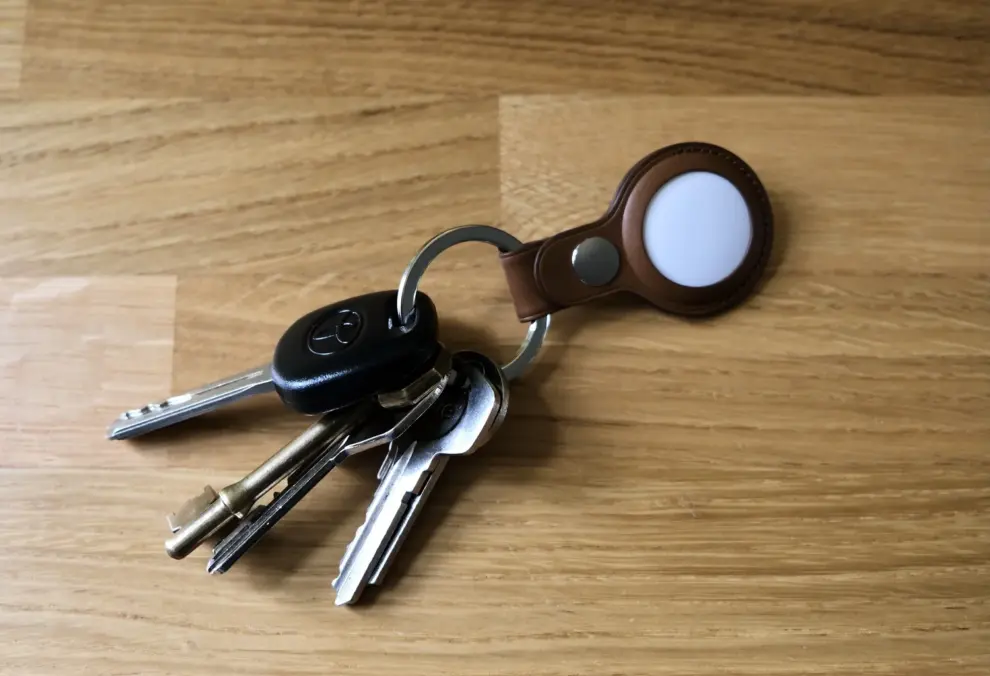
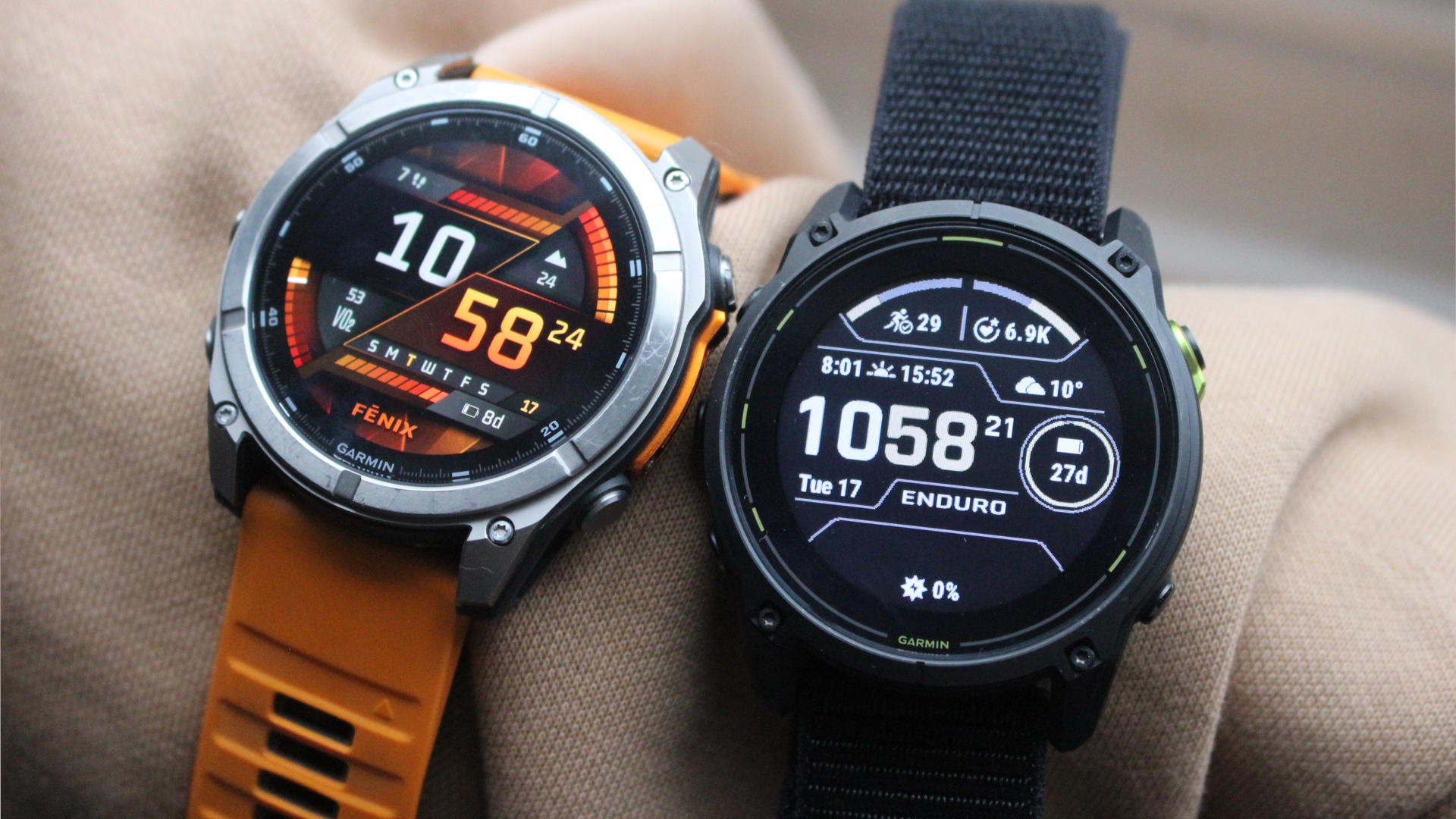
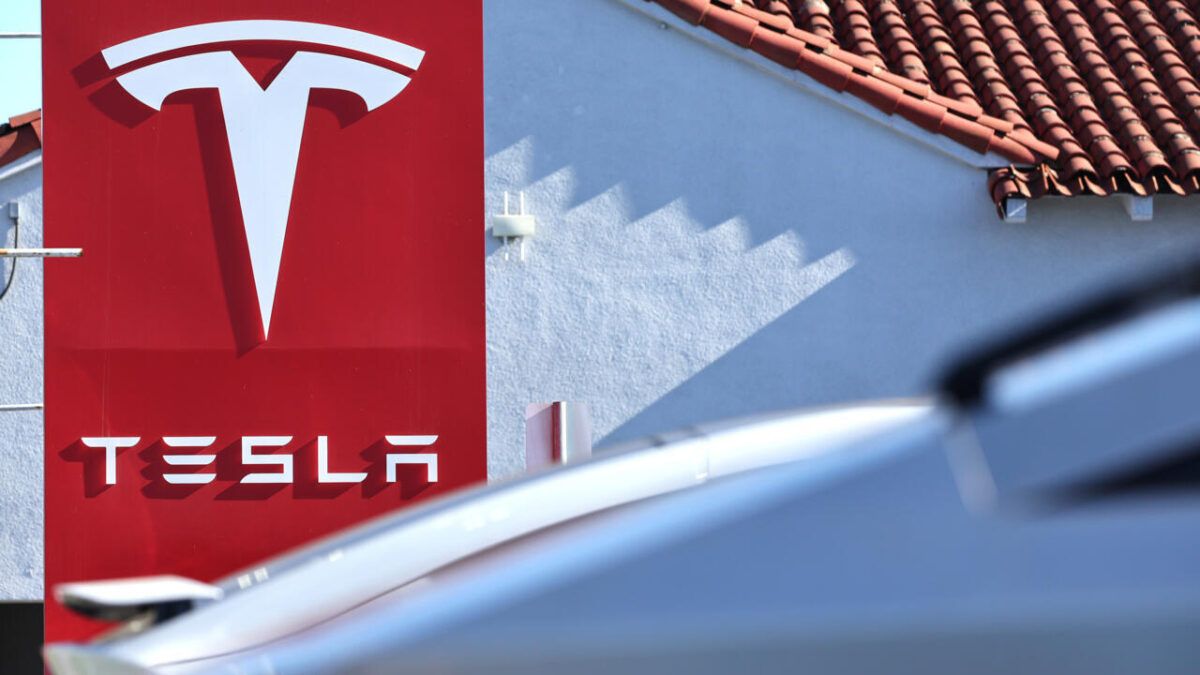

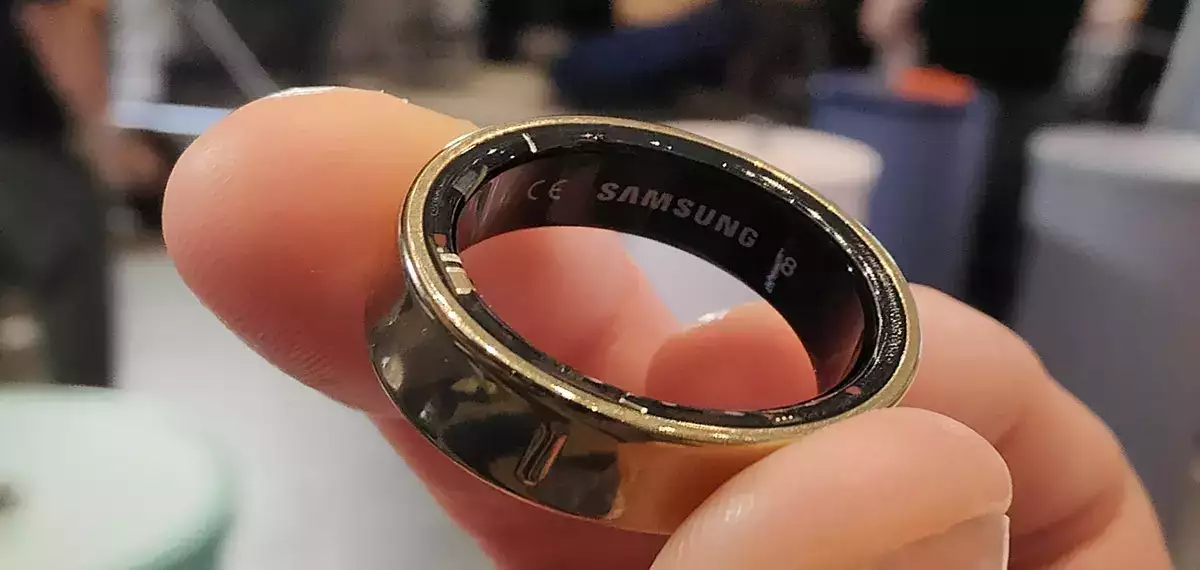



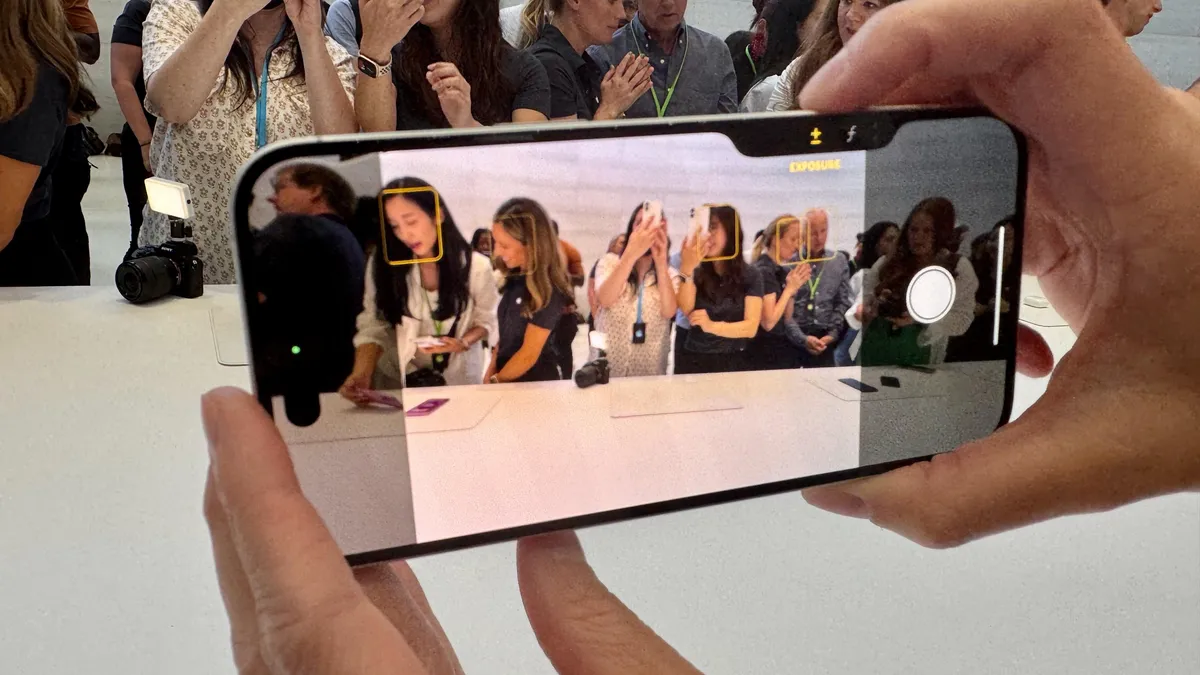
Add Comment